I love gardening, and chances are if you’re reading this, you do too. Unique among many hobbies is gardening’s accessibility—just about anyone of any age with any amount of skill living in any sort of home can exercise their green thumb and discover the joy of growing something. Along with successes come challenges, though, and I’m not immune to the failures we all experience in the garden. With hopes that you might benefit from my missteps last year—and with encouragement to examine your own—here are a few New Year’s resolutions I’m making to improve on in my garden this year.
First, moss control. It’s not killing it I struggle with—after all, I’m quick to recommend and use ferrous sulfate and lime! Rather, it’s the follow-up reseeding that I did too late last summer which would have filled in the bare spots left after the moss was gone. One spot on the north side of my house sees direct sun for only about two months a year, and I didn’t reseed the bare spots until August—too late to benefit from any direct sun for the year. Of course, shade-tolerant grass will survive in such conditions, but it would have filled in much more quickly had I seeded in June when the sun was high in the sky.
Second, slugs. If garden center sales of slug and snail killer were any indication, 2020 was a banner year for these pesky mollusks. June’s wet, dreary conditions were ideal for the spring’s crop of slug and snail hatchlings to thrive—and thrive they did! While I was successful in keeping slugs out of my vegetable garden all year, I should have reapplied slug bait to my hostas a second time in early summer, following my typical March application. Thankfully, hostas continue to put out new leaves throughout summer, so I was able to clip off the most damaged leaves and spread some extra Sluggo around the worst-damaged plants. This year, I’ll remember to watch my hostas more closely and reapply slug bait as needed.
Third, one common mistake gardeners make is cramming too many plants into their vegetable garden space, and I’m as guilty of this as anyone. Even after growing my own garden for years, I struggle to give plants the proper space they need. Maybe it’s greed—a desire to get the absolute most out of my garden—or maybe it’s thinking the innocent-looking sugar snap pea sprouts surely won’t get seven feet tall and then flop over and smother the lettuce this year, or maybe it’s the fading memories of last year’s garden being too crammed to navigate, but it’s important to remember to give plants the room they need to grow. Not only will plants that have enough room be easier to harvest, they’ll produce more abundantly when they’re not competing for space.
Finally, I can’t stress enough the importance of keeping a gardening journal. I’m not suggesting anything as mundane as recording every watering or weeding, but rather the important things. When did you fertilize, or get your first cool-season vegetable crops in the ground, or treat your roses for aphids? All these things can be useful to know not only for when you might need to feed, harvest, or spray for bugs again in the current year; they’re also useful to know for the coming year so you can plan your garden better. If you choose to wing it, no problem—gardens are forgiving and you don’t need to make the hobby into work simply for work’s sake—but you might find that a few simple notes jotted down through the season actually make for less work and more enjoyment in the end.
With a new year in gardening just around the corner, I think we can all look forward to getting our hands in the dirt once again!


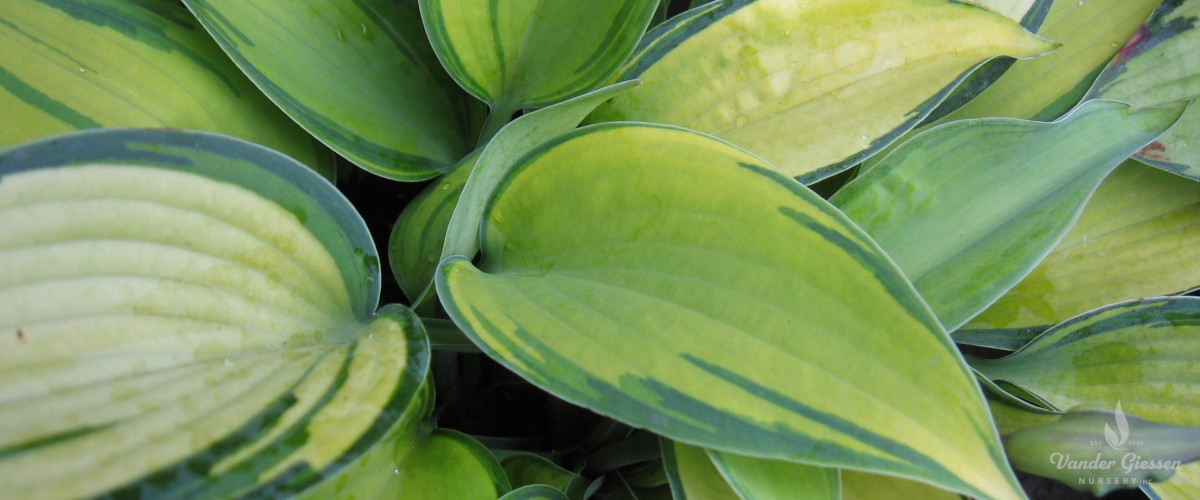

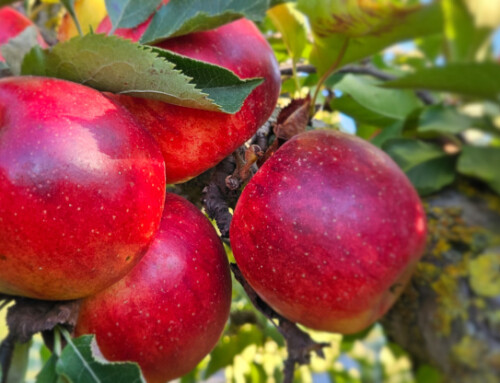
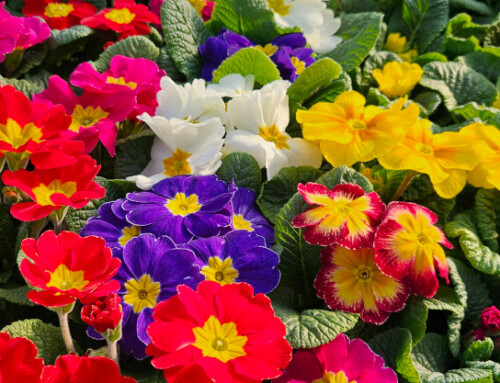
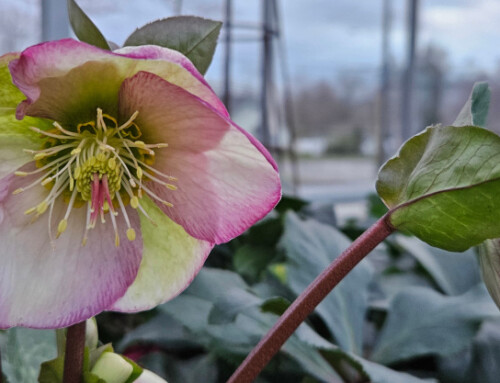
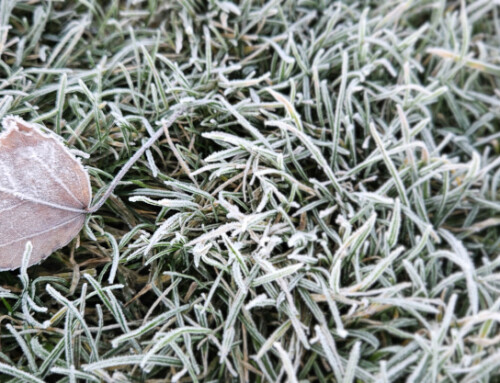
Leave A Comment